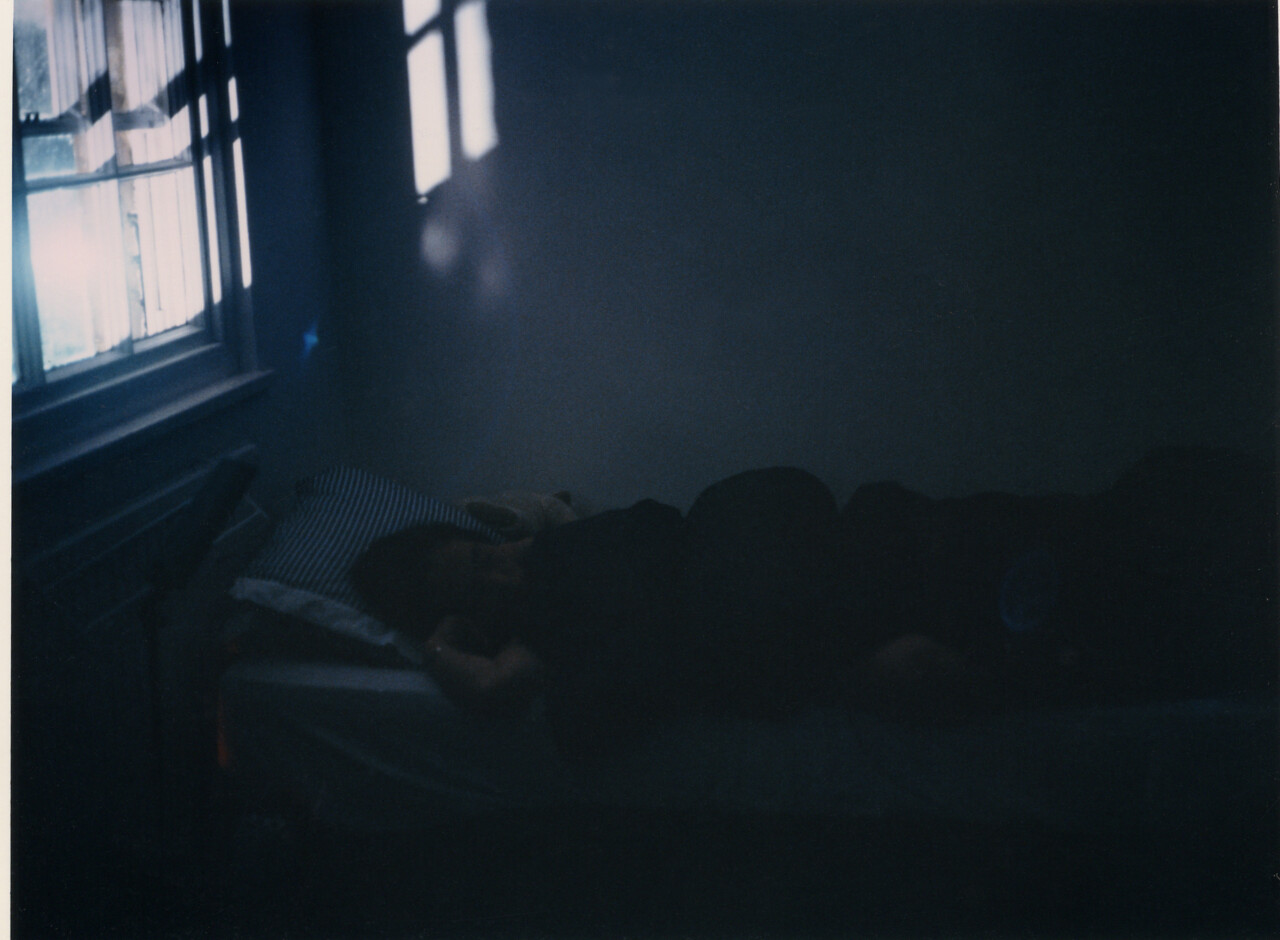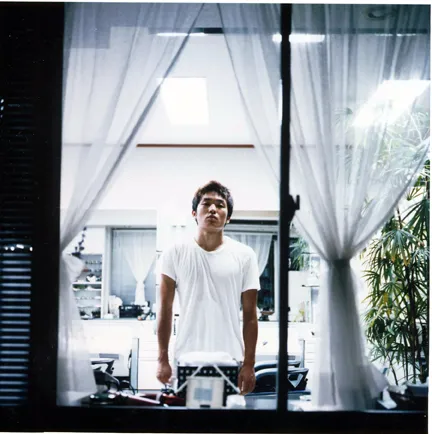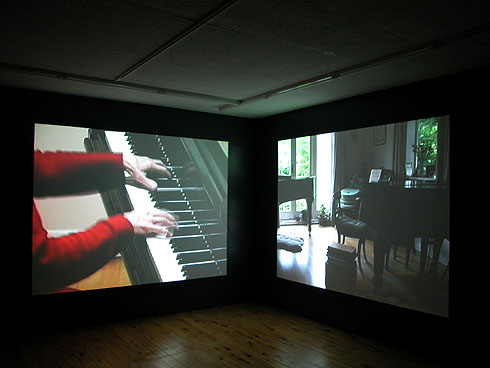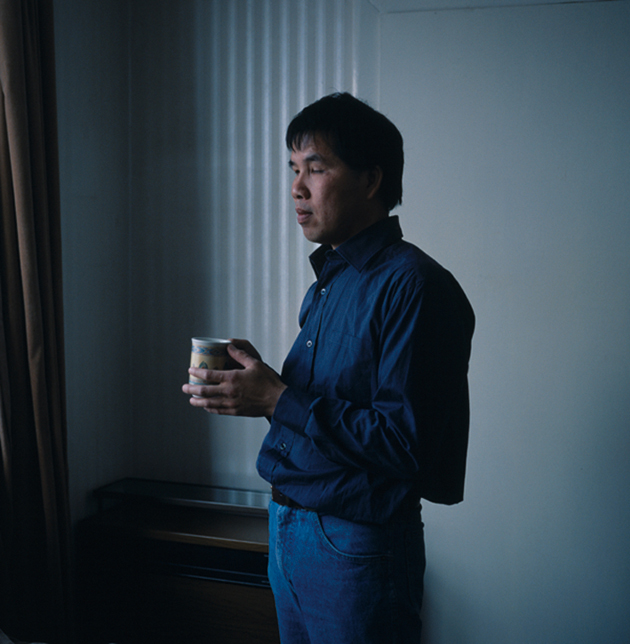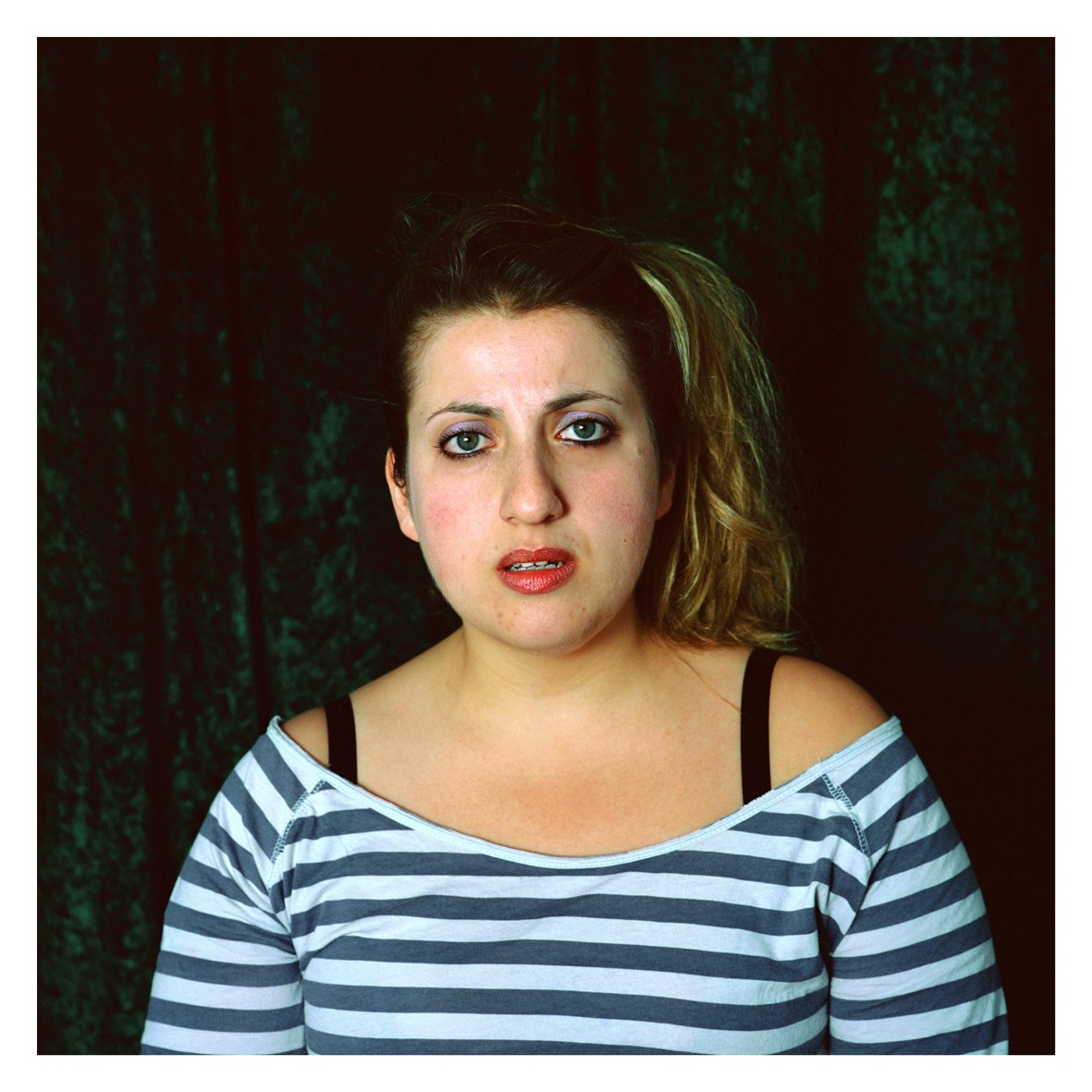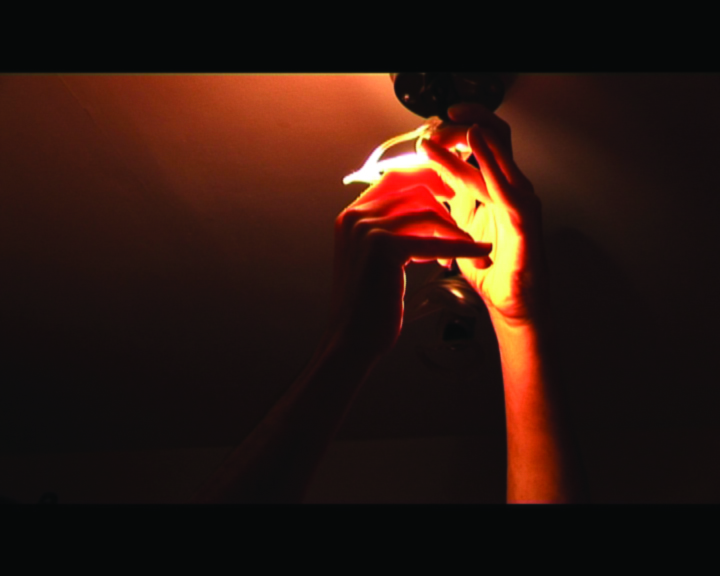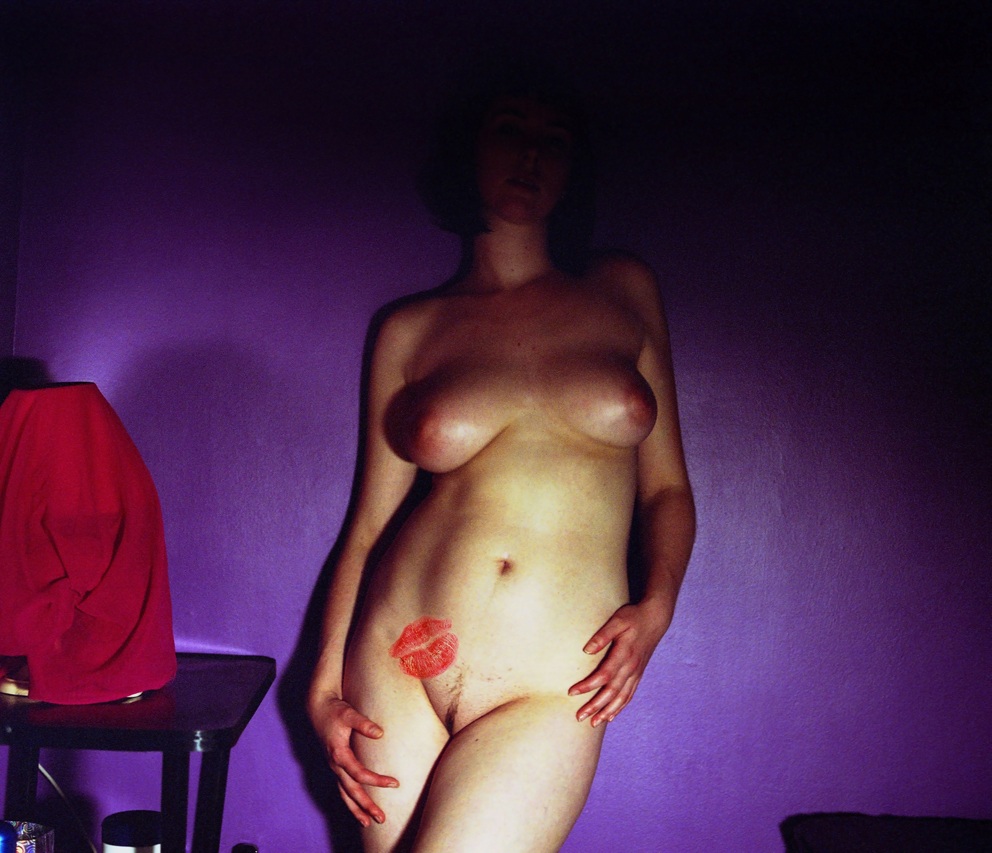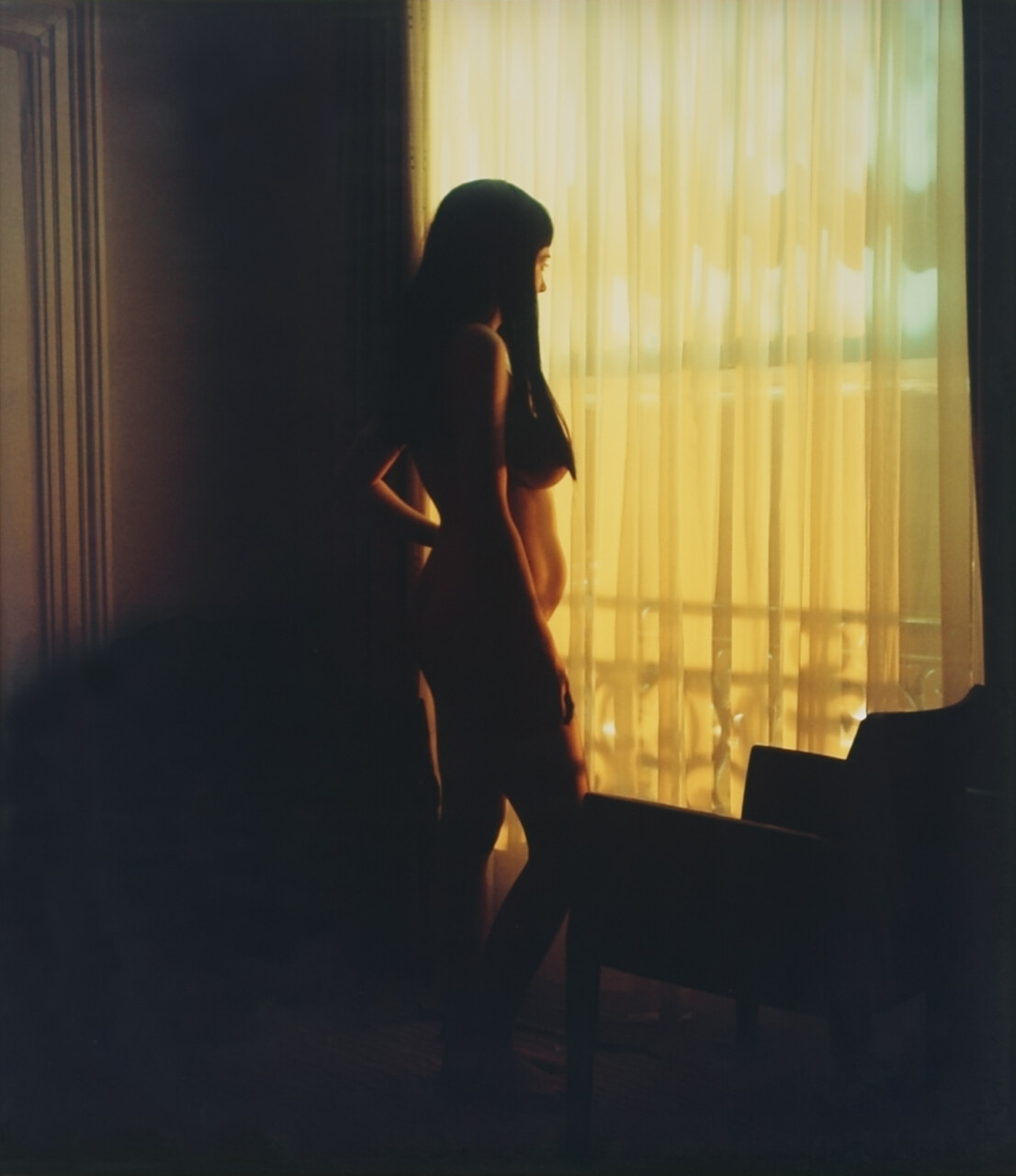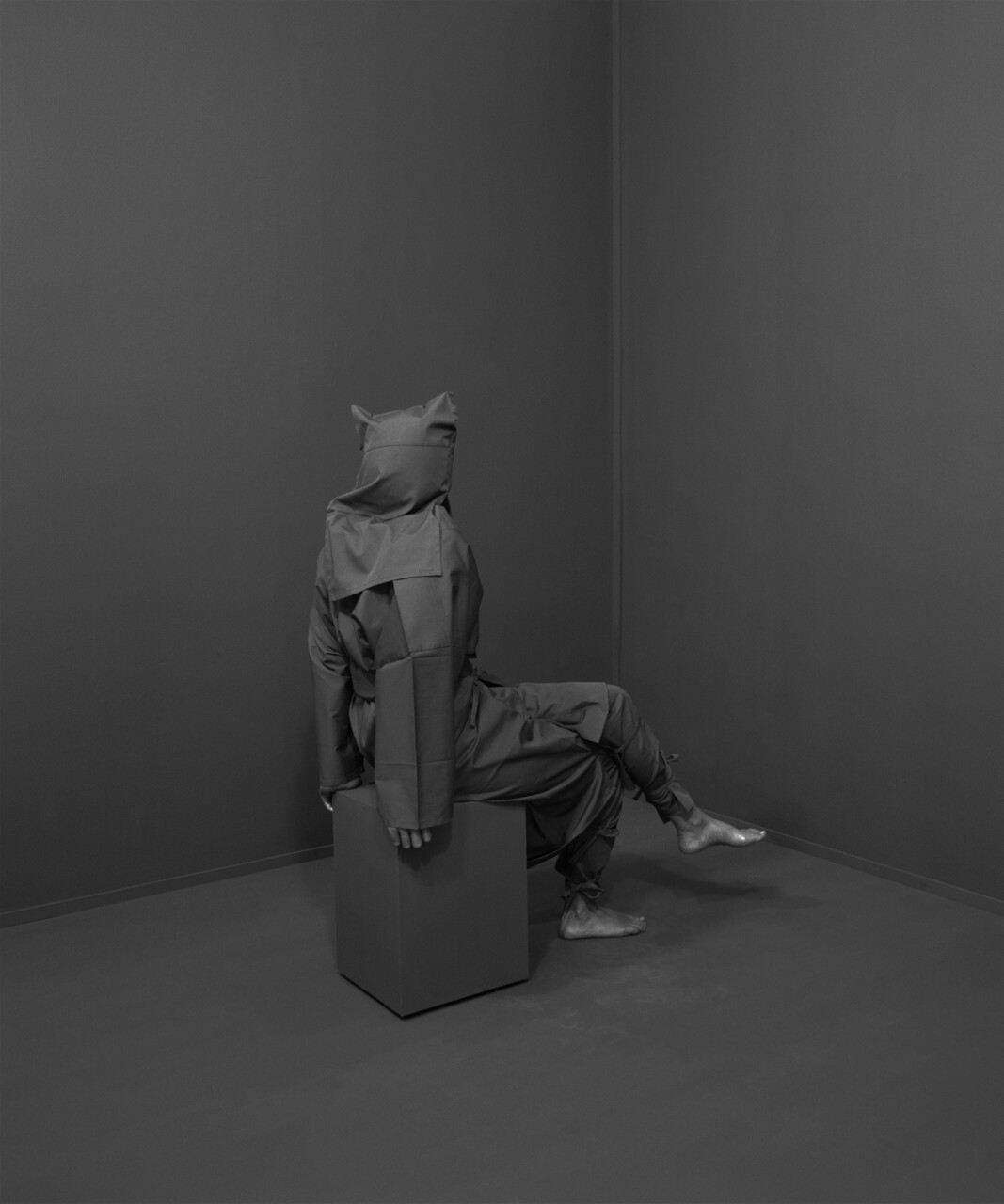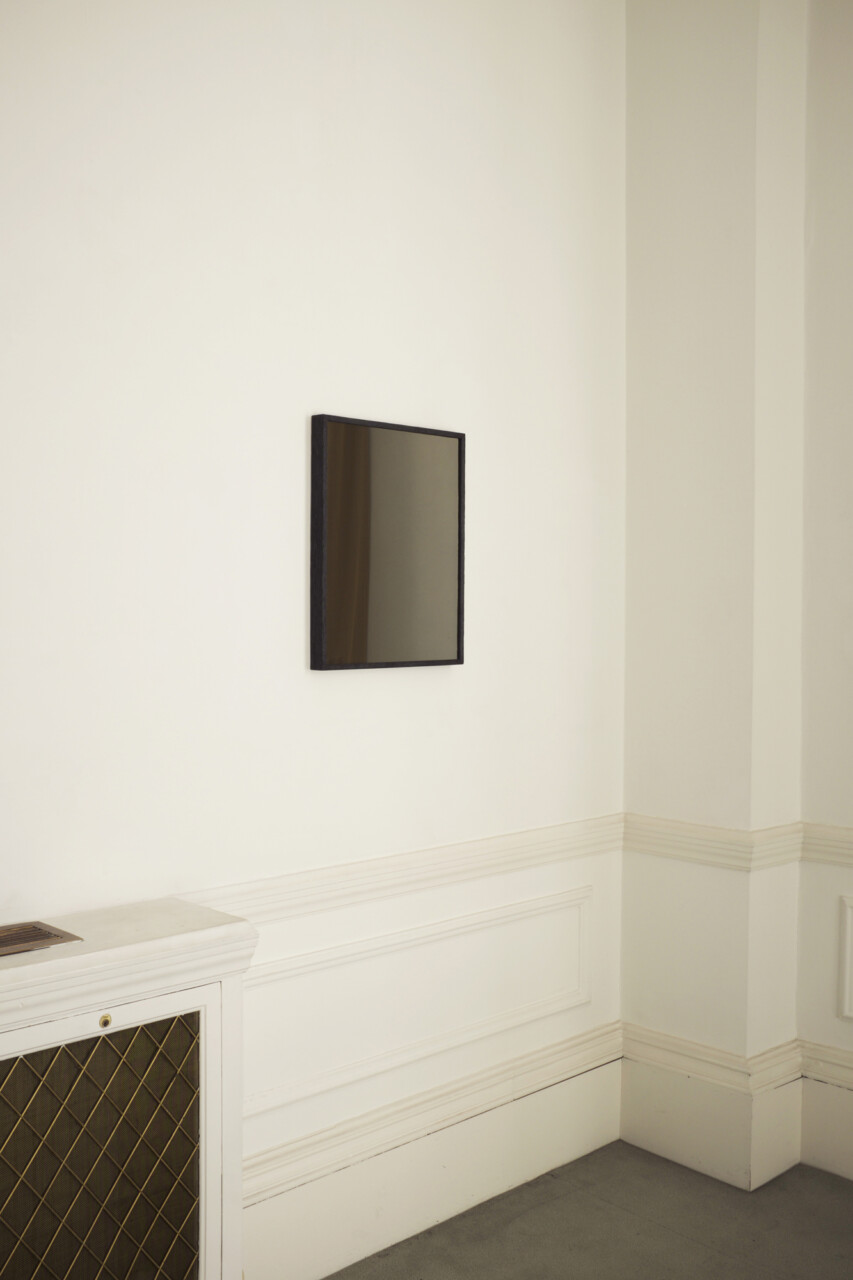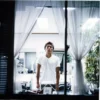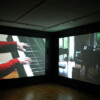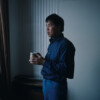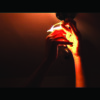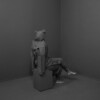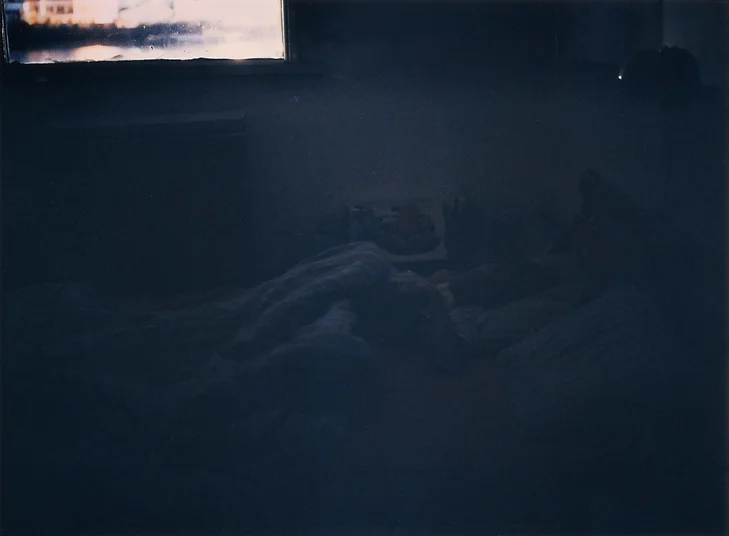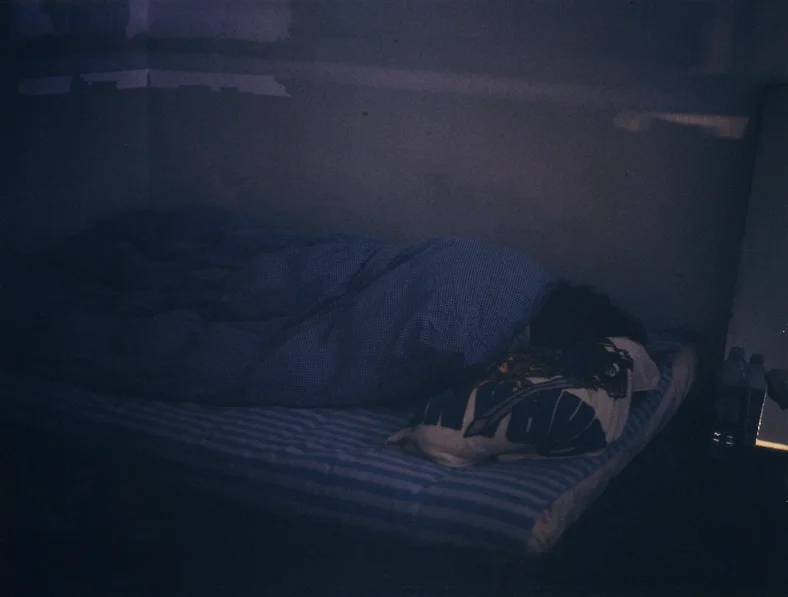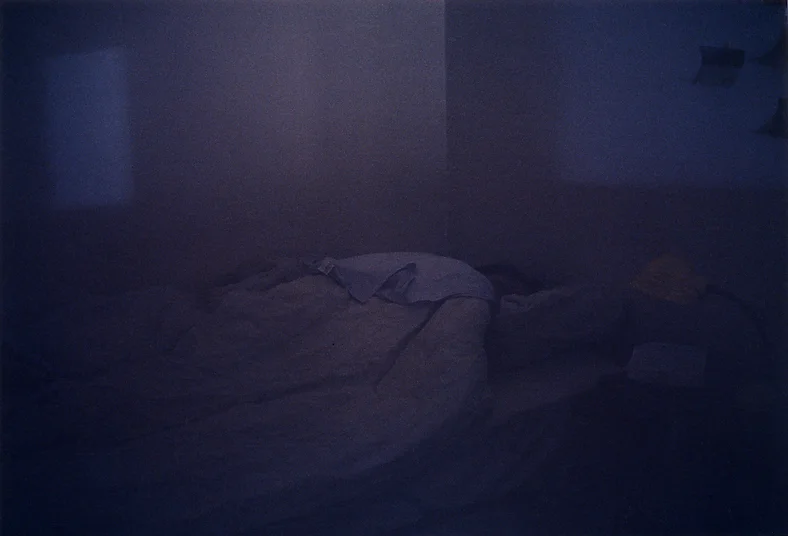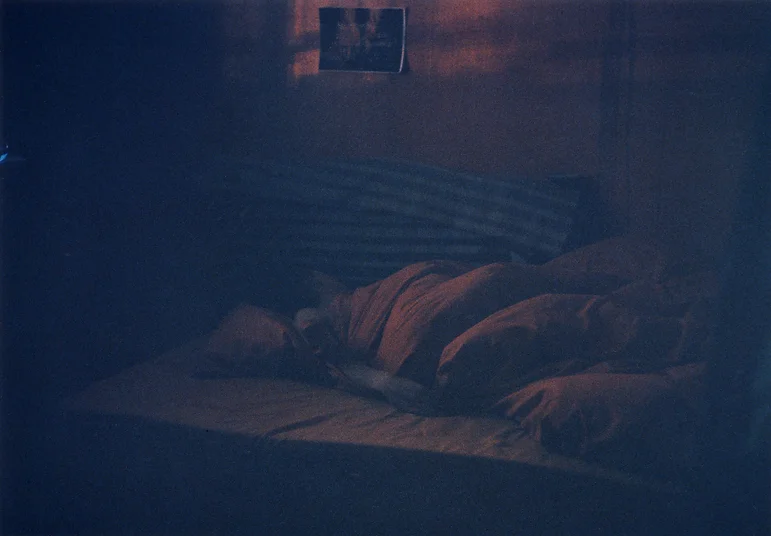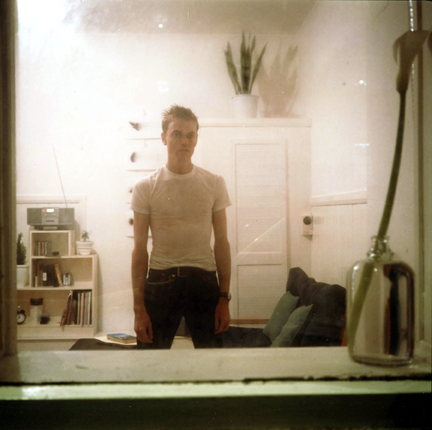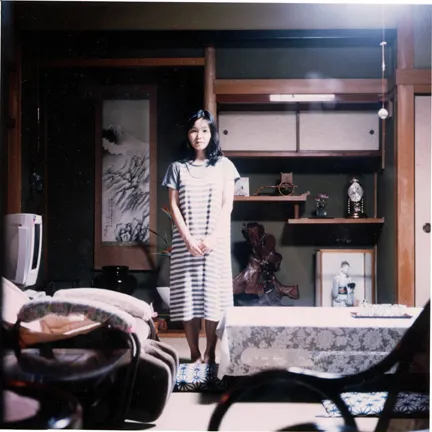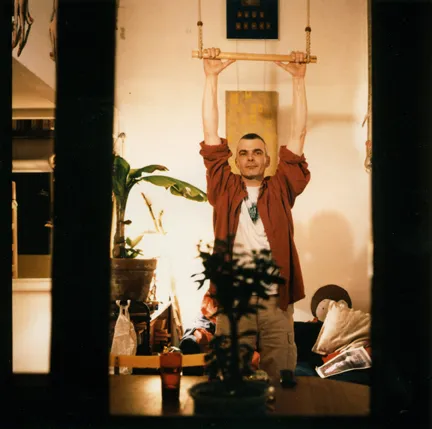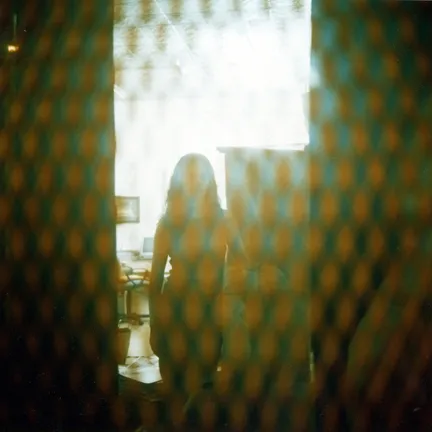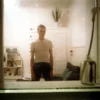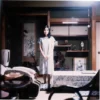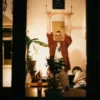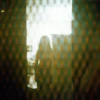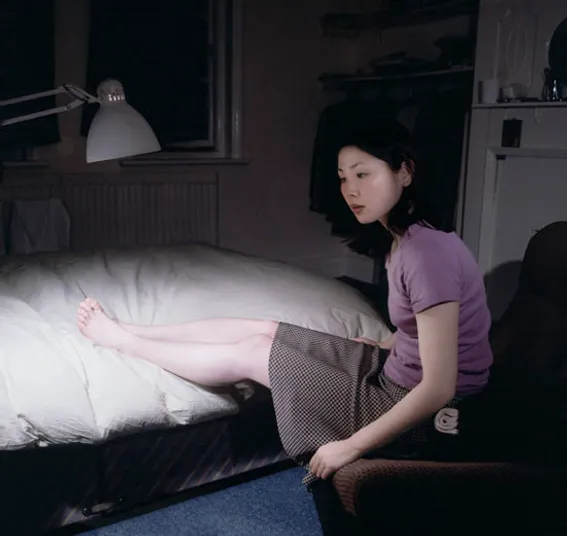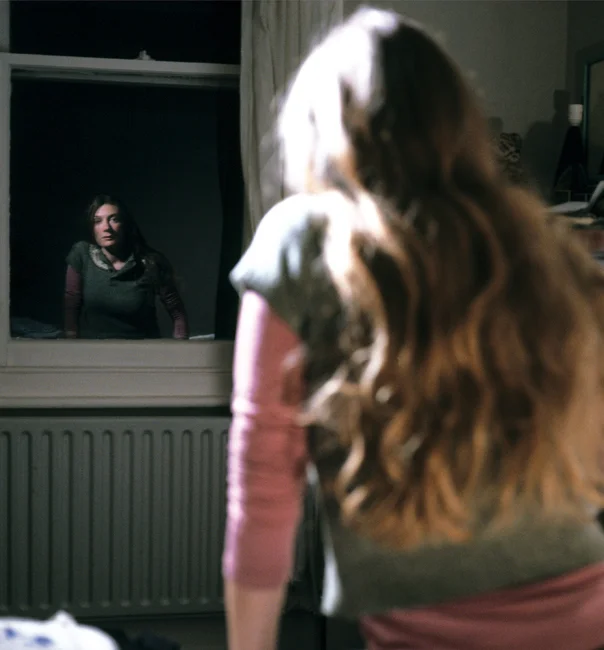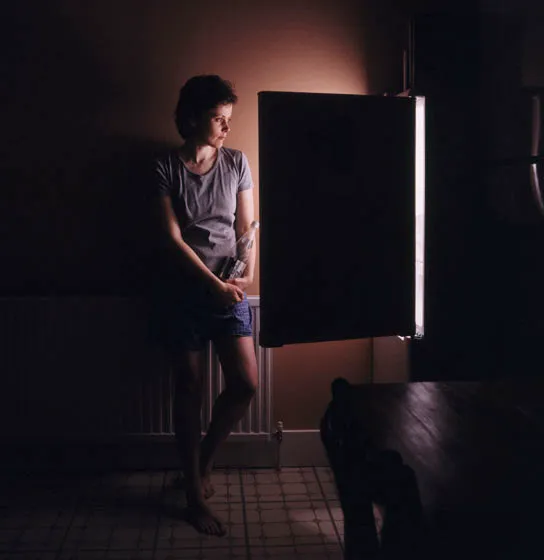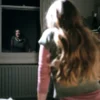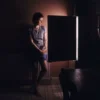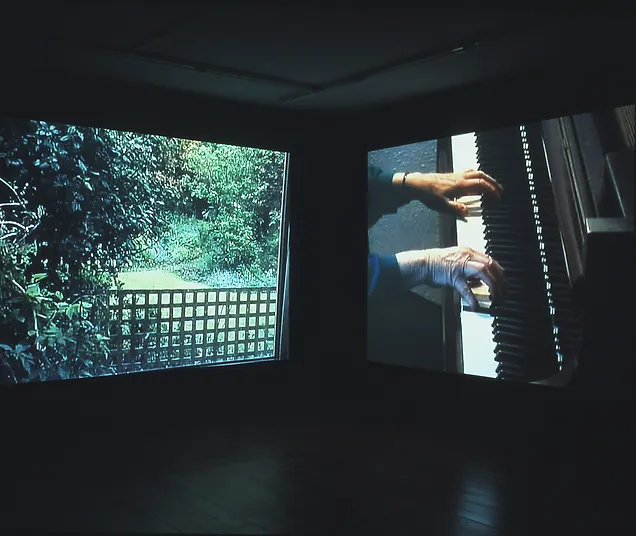Born in Tokyo; currently residing in London
After moving to Britain in 1989 and earning a Master’s degree in Fine Arts at Goldsmiths College, University of London, Yokomizo continued her artwork with a focus on photography and video. Among her productions are photographic works that structurally incorporate the action of “seeing,” and videos on the topics of time and the body. In recent years she has been investigating the relationship between images and people.By making use of photography’s special properties, Yokomizo questions various relationships between the medium and human beings as subject matter. There is a stark contrast between the intimacy of “Sleeping”, depicting a sleeping friend in a dark bedroom, and the brusque encounter in “Stranger”, showing someone writing a letter to a seemingly unknown person without exchanging a word. Yokomizo selects her medium based on the theme of the work. This is apparent from “Forever (and again)”, a video work focusing on the performance of an aged pianist, which deals with the theme of “time.” The series titled “all”, depicting a pregnant woman’s body in which fantastic images intersect with reality, gave Yokomizo the opportunity to contemplates further on the cultural-anthropological issue of what images really are.
Shizuka Yokomizo’s early photographic series entitled Sleeping comprises photographs of her friends sleeping at night in the ambiguous half-light of their bedrooms. The images are carefully composed and only after a close observation is it possible to identify the sleeping person and thus share the intimacy established between the artist and the subject. It is the close enough relationship with the artist which allowed the subject to repose and fall asleep in front of the camera. As Yokomizo always does with her creations, here she again presents not only what she visibly reproduces with her camera and prints thereof but also the core images of humans that in itself are generated by hidden chords—the images that lie at the bottom of our daily lives. The concept of Sleeping was conceived from the artist’s strong resonance with Levinas’ philosophical term, “il y a.” This French term meaning “there is” addresses the specific state of being that can be described as “the impersonal, anonymous but inextinguishable ‘consuming’ of being, which murmurs at the bottom of nothingness itself (…) one is exposed. All is opened upon us. Rather than to serve as our accession to being, the nocturnal space delivers us to being.”
Shizuka Yokomizo has explored photography’s complicated relationship to voyeurism most innovatively in her series Stranger. Yokomizo selected potential portrait subjects based on their residences—ground-floor apartments in Berlin, New York, London, and Tokyo—and then mailed anonymous letters asking the inhabitants whether they might stand in front of their apartment windows at a set time in the evening so that she could photograph them. The recipients of her letters were instructed to turn on all their lights, wear their typical clothes, and remain still; or, if they were unwilling to take part, to lower their blinds or draw their curtains. In this way, all those addressed knew that their apartments were being watched, and that they were interacting with a stalker of sorts. The appointed time always came in the evening, so that the subjects could discern the photographer only as a silhouette. Yokomizo promised to refrain from any exchange with her addressees: No knock on the door. No conversation. Only two complete strangers fully complicit in the act of photography.
Untitled /Hitorigoto, 2002, which can be roughly translated as “monologue” or “soliloquy,” depicts men and women of various nationalities seemingly lost in private moments of reflection. Often they are in dark interiors illuminated by the glow of artificial light sources, including a refrigerator and a bedside lamp. However, these moments are staged, and one’s suspension of disbelief is undercut by musings regarding the artifice required to construct the mood these images evoke.
※Hitorigoto独り言 means “talking to oneself”
Yokomizo’s work on video, which juxtaposes and projects scenes of four elderly ladies in Britain playing a Chopin waltz, and views of their rooms and gardens, reflects the cumulative time they have lived, and the persistence of time, ending and starting all over again, like a round in which the main melody disappears and reappears over and over. Through Chopin’s waltz—music that has been around longer than the ladies—Yokomizo urges the viewer to consider the ephemeral yet eternal nature of time.
artist statement ; What I tried to evoke by placing the contrasting footage of each lady’s dynamic performance, and scenes almost completely motionless, alongside each other, and repeating them, was transience and permanence, and most of all my own undeniable experience of time, as I stand before the screen.
